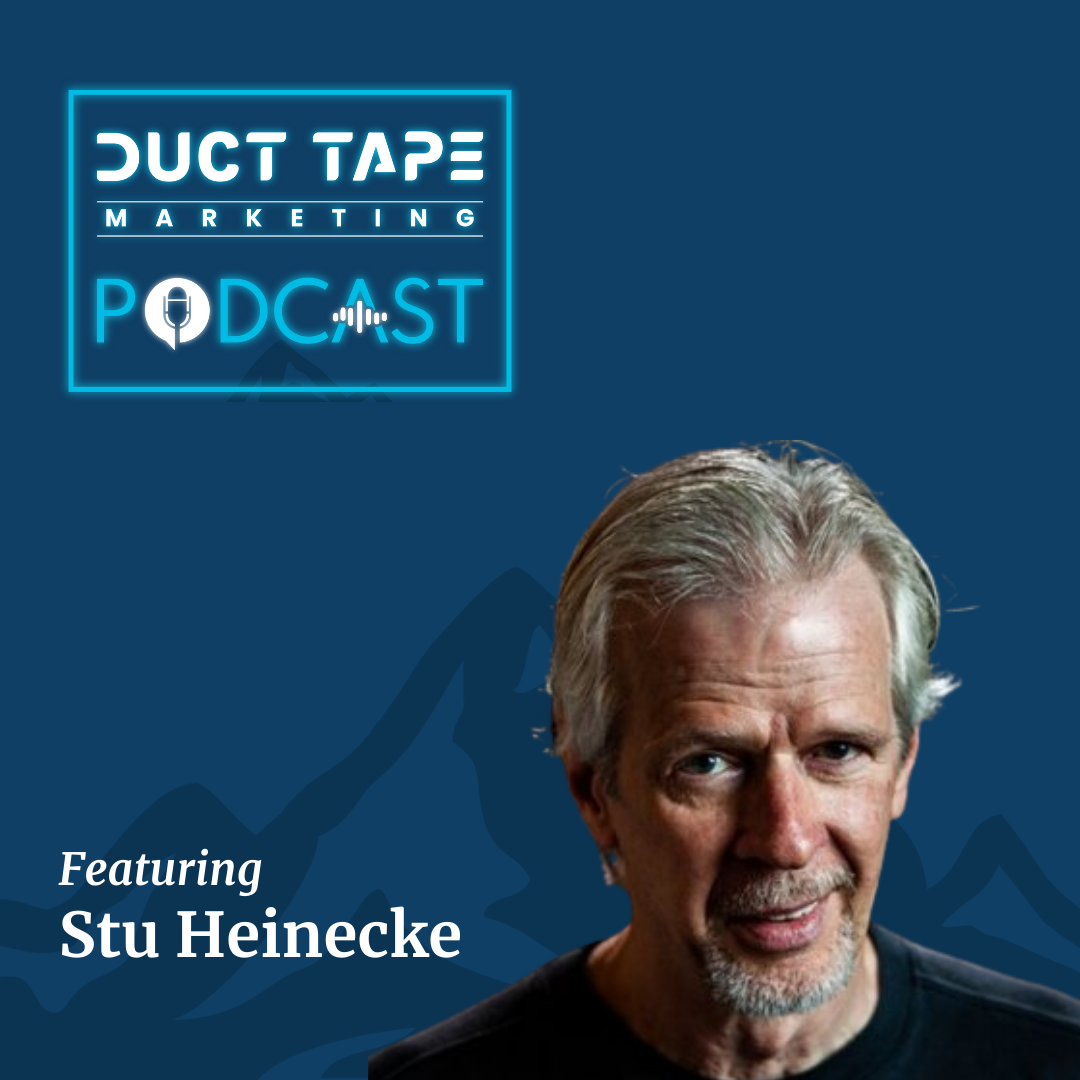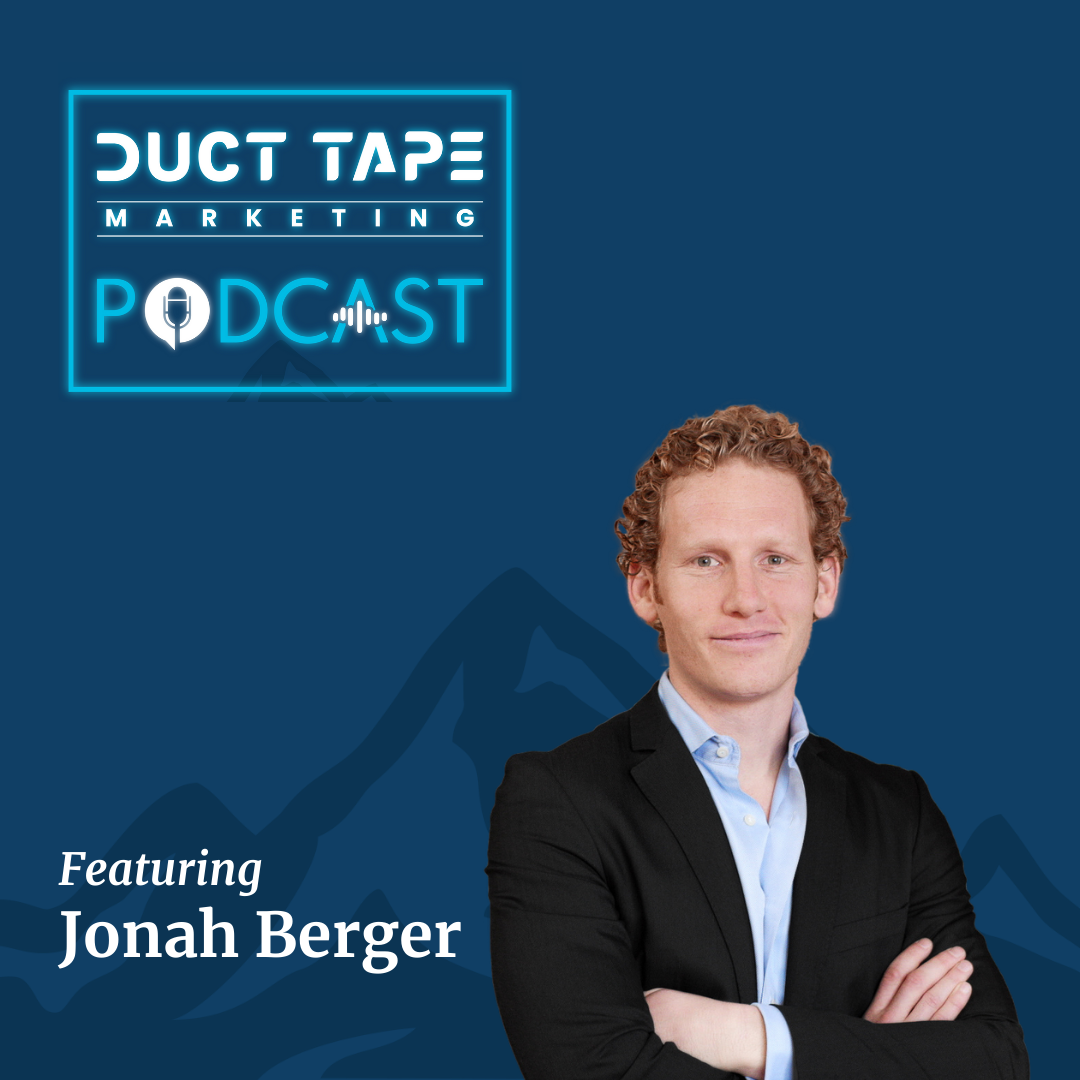What Are Solar Powered Calculators?
Solar powered calculators are a great way to save energy and money when it comes to powering your calculator. Instead of relying on traditional batteries, solar powered calculators use solar cells that convert sunlight into electricity. This means you can carry around your calculator without having to worry about recharging the battery.
Solar powered calculators work by collecting light from any source, such as natural sunlight or mini solar panels, and converting it into an electrical current that can be used as a power source for the calculator. When fully charged, a solar calculator can last for days before needing to be recharged again.
Solar powered calculators are becoming increasingly popular due to their convenience and environmental friendliness; they require no additional energy sources other than natural light for them to operate effectively. Solar powered calculators are an excellent choice for those who want to reduce their carbon footprint while still having access to the convenience of a calculator.
Are solar powered calculators worth it?
A solar powered calculator can be a great investment if you are looking for an eco-friendly and reliable device. Solar powered calculators use energy from the sun to charge their batteries, eliminating the need for battery power.
This means that you never have to worry about having a dead battery or needing to replace it, as long as the calculator is exposed to some sunlight. Additionally, these calculators tend to be quite affordable, making them an attractive option if you are on a budget.
Ultimately, whether or not a solar powered calculator is worth it depends on your individual needs; however, they can be quite useful and cost-effective in certain situations.
How To Charge Solar Powered Calculators?
Charging a solar powered calculator is a simple but effective way to power your device. Solar power is the energy source for these calculators and the light source is used to convert the energy into electricity.
To charge a solar powered calculator, simply place it in direct sunlight or under a strong artificial light source. The natural or artificial light will then charge the calculator’s battery allowing it to run for an extended period of time. This type of charging doesn’t require any additional cables or equipment since the calculator has its own built-in solar panel that collects energy from the light source.
When fully charged, a solar powered calculator can last up to two weeks on stand-by mode, depending on how much it is used and where it is stored. Charging your solar powered calculator regularly ensures that you always have power when you need it most.
How Long Does It Take For Solar Calculators To Charge?
A solar calculator is a type of calculator powered by the use of sunlight. This type of calculator utilizes the energy from the sun to power its internal battery and thus operates without the use of electricity. Generally, it takes about 8 hours for a solar calculator to charge fully when exposed to direct sunlight.
However, this time may vary depending on the amount of sunlight available, as well as the size and quality of the calculator’s solar panel. Additionally, some calculators are equipped with an LED light that indicates when charging is complete.
Therefore, if you’re planning to purchase a solar calculator make sure you know how long it takes for it to become fully charged before making any decisions.
Do Solar Powered Calculators Work With Artificial Light?
As long as your solar powered calculator is exposed to enough sunlight, it will work properly. However, if you expect your solar powered calculator to work with artificial light, such as from indoor lighting sources or fluorescent lights, it’s not likely to fully charge.
Solar powered calculators need direct sunlight in order to get a full charge and work properly. If you want your solar powered calculator to remain charged for extended periods of time without access to direct sunlight, then you may need to consider getting an additional external battery for it.
How Do I Know If My Solar Powered Calculator has Enough Charge?
When using a solar powered calculator, the first thing to determine is whether the calculator has enough charge. To do this, check the battery power of your calculator. If it requires battery power, make sure to look at the battery and see if it is full or needs to be replaced.
Additionally, you can try pressing a button on the calculator to see if it turns on. If not, then there may not be enough charge in the calculator. The best way to ensure that your solar powered calculator has enough charge is by exposing it to sunlight for several hours each day.
This will allow the solar cells in the calculator to absorb energy from the sun and power up its battery. With adequate exposure to sunlight, you can be sure that your solar powered calculator will have sufficient charge when needed.
How Much Power Do Solar Powered Calculators Need?
Solar powered calculators are an eco-friendly and cost-effective way of powering a calculator. The amount of power needed depends on the type of solar powered calculator being used. Generally, these calculators only need a small amount of wattage to function – usually around 1 to 2 watts of electricity.
This is enough to provide power during the day when exposed to sunlight and they can even be used as a night light! Solar powered calculators can also save money in the long run due to their efficiency and lack of need for external power sources.
They are also lightweight and easy to carry around, making them ideal for travel or day trips. With solar powered calculators, you’ll never have to worry about running out of battery power again!
How to Choose the Best Solar Powered Calculator?
When choosing the best solar powered calculator, it is important to consider a few factors. First, the calculator should be powered by solar energy. This means that the device should have a solar panel that captures sunlight and converts it into power for the device.
It should also have a battery to store any excess power not used right away. Secondly, you should consider how often you will be using the calculator; if you plan on using it everyday, then it is important to select one with a reliable power source that can handle frequent use.
Lastly, you should make sure that the solar calculator has all of the features that you need; this could include basic functions such as addition, subtraction, multiplication and division or more advanced features like graphing or scientific calculations.
By considering these factors when selecting a solar powered calculator, you can ensure that your new device will meet your needs for everyday use.
Battery Powered vs Solar Powered Calculators
When it comes to calculators, you have the option of choosing between battery powered and solar powered. A battery powered calculator requires a few batteries to be inserted into the device in order to power it.
On the other hand, a solar powered calculator is equipped with small solar cells that absorb light from any source, including natural sunlight and artificial light. This absorbed energy then powers the calculator. Of course, if you expect your solar powered calculator to work efficiently, it should be exposed to plenty of light sources.
Otherwise, you may find yourself running out of power for your device. The advantage of having a solar calculator is that you do not need to worry about replacing batteries when they run out since the energy from the sun or from any other light source will keep your device up and running.
Whether you choose a battery or solar powered calculator depends on how much convenience you want in terms of powering your device as well as its intended use.
Different Types of Solar Powered Calculators
Solar powered calculators are a great way to make sure you are always prepared for any task. These calculators use energy from the sun to power them, so you don’t have to worry about running out of battery power in the middle of a calculation.
You can find many different types of solar powered calculators available, from basic models that can help you calculate simple equations to more advanced financial and scientific models that can help you with much more complicated calculations such as square root or even trigonometry.
With these types of calculators, you don’t need to worry about having to buy new batteries every time your calculator runs out of battery power. Solar powered calculators are reliable and long-lasting, making them a great choice for anyone who needs a dependable calculator.
The post solar powered calculators appeared first on LatestSolarNews.
 In this episode of the
In this episode of the 
 In this episode of the
In this episode of the  In this episode of the
In this episode of the 
 In this episode of the
In this episode of the  In this episode of the
In this episode of the  In this episode of the
In this episode of the